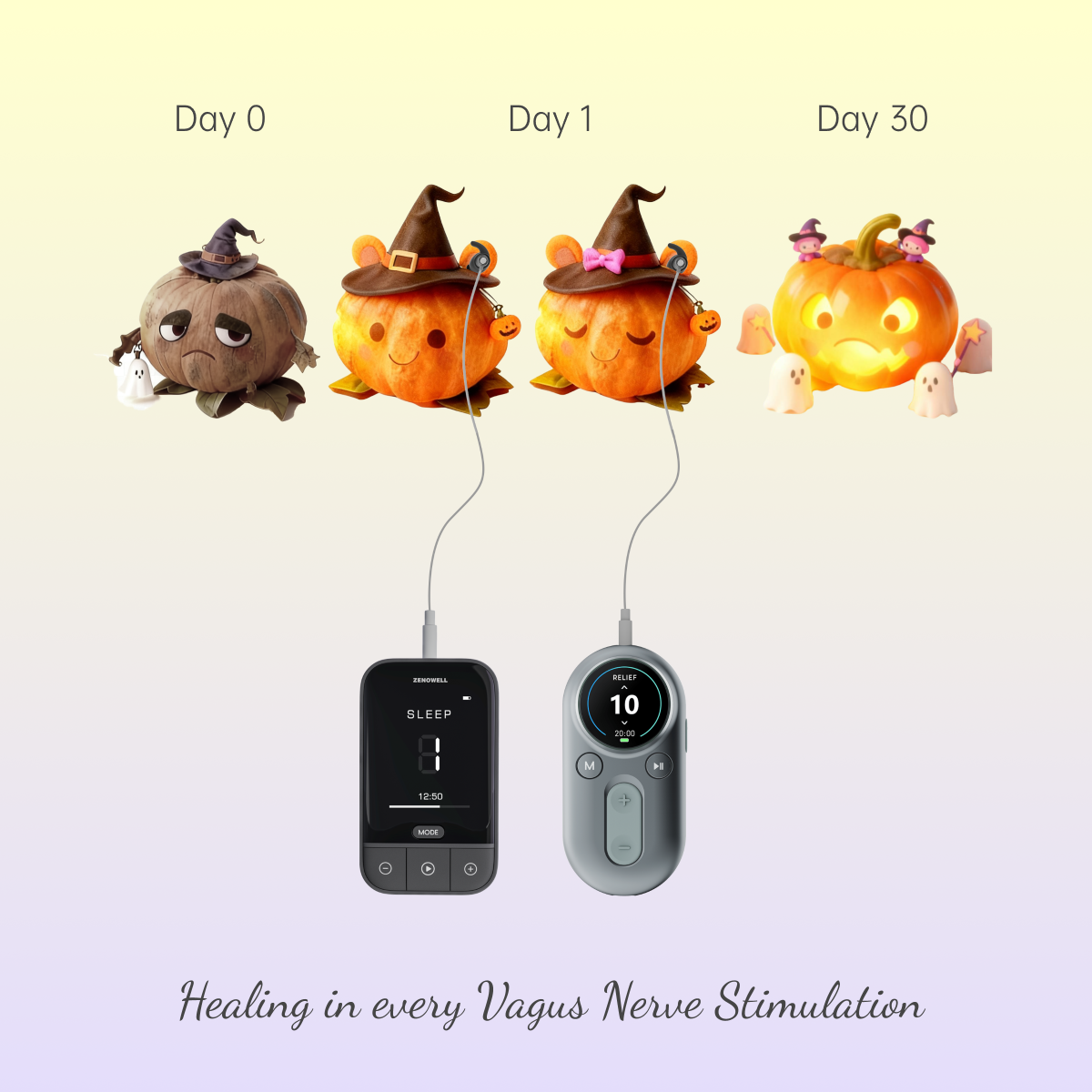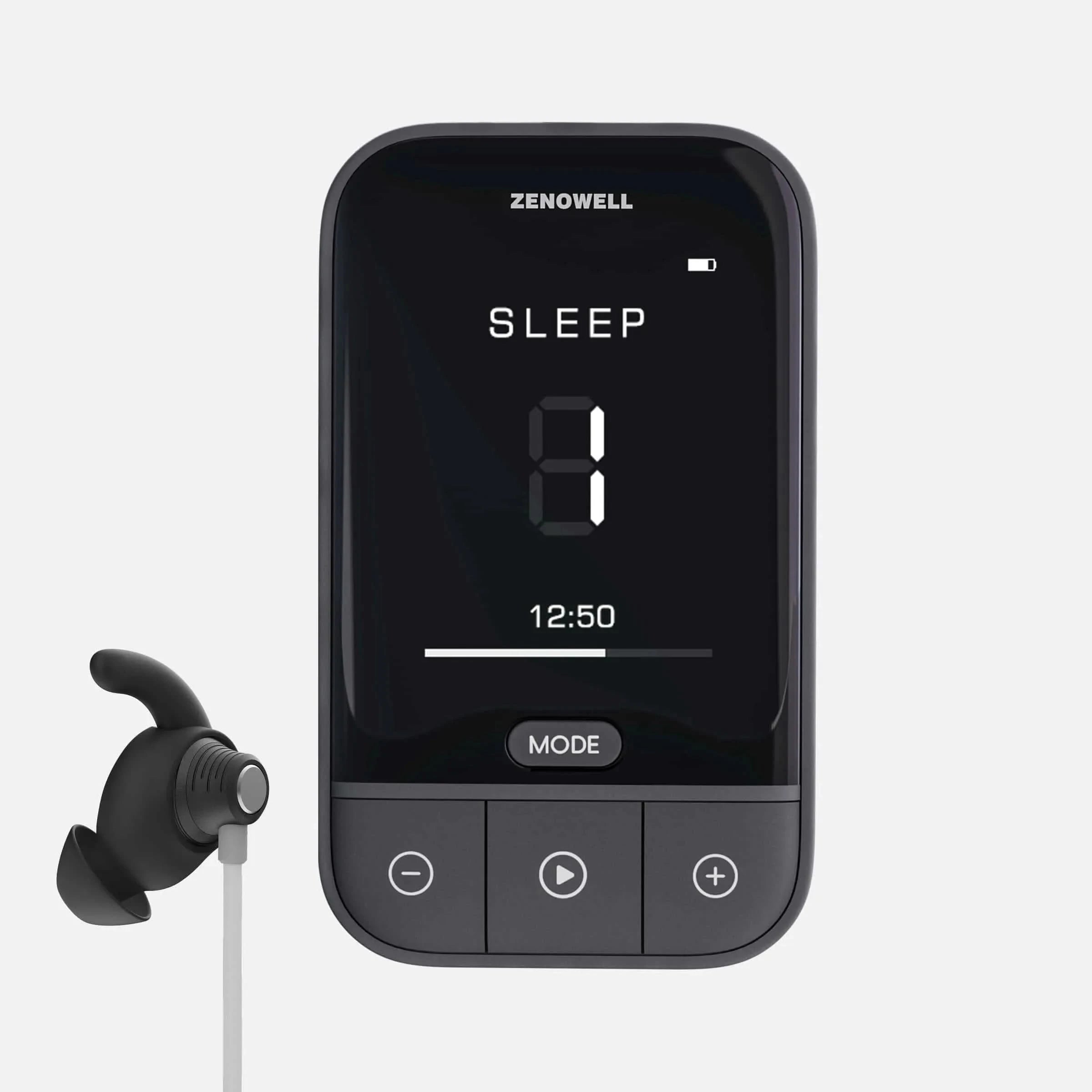Depressive symptoms are not uncommon among HIV/AIDS patients, but have been neglected for a long time. Studies show that about 20% -30% of HIV-infected individuals have obvious depressive symptoms . These patients often face multiple pressures such as chronic infection, drug side effects, immune dysfunction, and social stigma, which makes traditional antidepressant treatment face challenges in efficacy and safety.
Recently, a clinical randomized controlled trial published in Brain Stimulation gave a new answer:
🧠 "By stimulating the vagus nerve distribution area in the ear, non-invasive transcutaneous auricular vagus nerve stimulation (taVNS) can significantly improve depression and anxiety symptoms in HIV/AIDS patients."

🧪 What did this study do?
The research team recruited 30 HIV/AIDS patients (all with depressive symptoms) and randomly divided them into two groups:
-
✅ taVNS group: the distribution area of the vagus nerve in the auricular cavity (cymba conchae) was stimulated by ear clip electrodes
-
❎ Control group: Stimulate non-vagus nerve areas such as the edge of the auricle as a "false stimulation" control
All subjects continued to take conventional antiviral drugs (ART), and the stimulation intervention was performed twice a day. The stimulation parameters for both groups were 20Hz, continuous waves, and each time lasted for 30 minutes for a total of 12 weeks.

🧪 What did this study find?
✅ Significant improvement depressive symptoms
-
On the twelfth weekend, the 17-item HAMD depression score of the taVNS group decreased from 16.07 to 6.20 (clinically significant).
-
Control group only dropped to 11.42
-
The difference between the two groups is as high as 5.22 points, P = 0.0022.
✅ Anxiety is also relieved
-
After 12 weeks of treatment, the HAMA anxiety score in the taVNS group decreased significantly, with a difference of 5.26, P = 0.042.
✅Overall improvement quality of life
✅ Autonomic nerve function enhancement
-
In terms of heart rate variability (HRV) indicators, compared with the sham taVNS group, the high-frequency (HF) component in the taVNS group increased significantly after 12 weeks of treatment ( p = 0.020), indicating enhanced parasympathetic nerve activity, which is consistent with the mechanism of taVNS regulating the nucleus solitus-dorsal vagus nerve (NTS-DMV) circuit and restoring autonomic nerve balance .

🔬 Why Stimulating the Ears Can Fight Depression?
The antidepressant mechanism of taVNS involves a complex system regulation called the "neural-endocrine-immune network".
-
The vagus nerve is the main pathway between the brain and the body
-
It is involved in inflammation suppression, stress regulation, and neurotransmitter release through the nucleus solitus (NTS) and dorsal vagus (DMV).
-
Chronic inflammation and neurotransmitter imbalance caused by HIV infection
-
TAVNS regulates vagus nerve activity, relieves inflammation in the Central Nervous System, and increases serotonin and dopamine levels.
-
Increased HRV = Enhanced Parasympathetic
-
This also explains why patients not only have reduced depression, but also have better sleep and emotional regulation abilities.
📌 Summary and Enlightenment
This study is the first clinical trial of taVNS in the treatment of AIDS combined with depressive symptoms. The results showed that 12 weeks of taVNS treatment can significantly improve depression and anxiety symptoms, improve quality of life, and improve autonomic nervous function in HIV/AIDS patients, showing good safety and acceptability. As a non-drug, non-invasive, easy-to-operate and easy-to-promote new neuroregulatory method, taVNS has shown good potential for physical and mental regulation in stable AIDS patients treated with ART, providing a non-drug side effects, non-invasive, and easy-to-use intervention option for home use in HIV/AIDS patients .
🧭 Future outlook: auricular vagus nerve regulation, not far from us
Over the past decade, taVNS has gradually expanded from treating intractable epilepsy and depression to insomnia, chronic pain, autonomic nervous system disorders... Now, it is also providing new ideas for mental health support for HIV-infected individuals .
🔍 you may be surprised, it only requires a pair of ear electrodes, connected to a portable device . In the near future, taVNS may enter more people's daily lives and become a wearable tool for emotional healing .
References:
Zou N, Zhou Q, Qin Z, et al. Transcutaneous auricular vagus nerve stimulation for acquired immune deficiency syndrome patients with depressive symptoms: a pilot randomized clinical trial.
Brain Stimulation. 2025; 18:987-989.
https://doi.org/10.1016/j.brs.2025.04.022



















